Specific Initiatives for Biodiversity Conservation
Honda’s Initiatives
Activities to Protect and Restore Biodiversity

Mobility Resort Motegi in Tochigi Prefecture, Japan, which is 100% owned by Honda, covers an area of approximately 640 hectares, and is engaged in nature conservation activities in approximately 70% of its forests. There are approximately 5,800 confirmed species, including many rare species, among the inhabitants.
The area was unmanaged wooded areas and rice paddies, but Honda has improved the environment by cutting trees to let light into the forest, restoring terraced rice paddies and other riparian areas, and protecting and relocating endangered Haccho dragonfly (Nannophya pygmaea). Based on the idea that “improving the environment is not only about managing it, but also about creating it*1,” Honda is also working to create a diverse environment for living creatures at Mobility Resort Motegi. To create a sustainable forest, Honda conducts forest surveys (tree surveys, etc.) and monitoring surveys (registered as one of the Monitoring Sites 1000 by the Ministry of the Environment), and holds forest development workshops to nurture the people involved in forest development.
- Improving the forest environment is not only about reducing the density of the forest by logging to let in light and wind, but also about creating habitats for living creatures.
Collaboration with External Initiatives

In April 2022, Honda joined the 30by30 Roadmap, led by the Ministry of the Environment in Japan, and is promoting its efforts to obtain certification as an Other Effective area-based Conservation Measures (OECM) site, which is an area where biodiversity is being conserved.
In addition, Honda has been participating in the Taskforce on Nature-related Financial Disclosures (TNFD) Forum since December 2022. The Company is committed to the proactive disclosure of information and will continue to further accelerate its efforts related to environmental conservation.
Japan: Biotope at an Automobile Assembly Plant
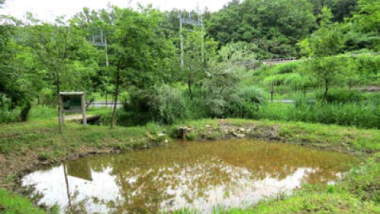
A biotope located at the Saitama Factory’s assembly plant, which started operation in 2013. The biotope is home to endangered species such as Hynobius tokyoensis and Lefua echigonia, and along with monitoring and conservation activities, Honda is exterminating non-native species such as the red swamp crayfish and American bullfrog.
U.S.A.: Habitat Conservation for Wild Honeybees
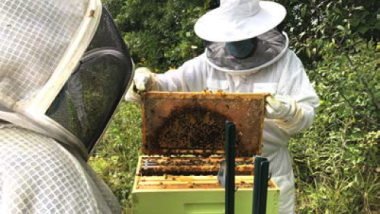
Honda Development & Manufacturing of the Americas’ Ohio automotive production plant and research and development facility have unused land that is home to wild honeybees. Bees play an important role in supporting a healthy ecosystem and help pollinate approximately 80% of flowering plants. To protect the bees, the Company maintains approximately 5 hectares as the habitat and has built an apiary to support bee research.
Brazil: Nature Conservation at a Test Course
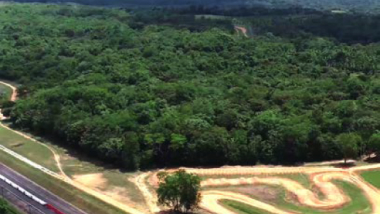
Moto Honda da Amazonia Ltda’s motorcycle test course in Rio Preto da Eva is in the Amazon rainforest. In harmony with the environment, approximately 80% (802 hectares) of the site is maintained as a legally protected area. Agricultural projects here include the planting of fruits and vegetables as well as the restoration of endangered species such as mahogany, rosewood, and Brazil nuts.
Belgium: Conserving Biodiversity at a Logistics Base
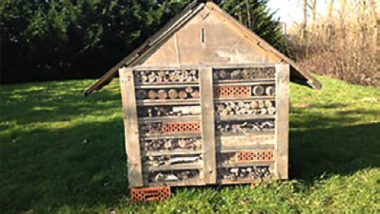
At Honda Motor Europe Logistics NV’s logistics base in Aalst, the Company has expanded its greenbelt by planting black poplars, which are threatened due to habitat degradation and a lack of genetic diversity. The Company is also contributing to the maintenance of biodiversity by creating habitats such as ponds, insect hotels, and feeding stations for living creatures.
India: Plant Greening in Consideration of Biodiversity
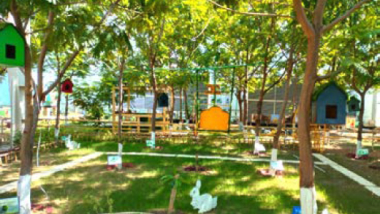
The Company created a 0.4 hectare mini-forest on the premises of Honda Motorcycle & Scooter India Pvt. Ltd.’s motorcycle plant in the state of Gujarat with the aim of creating a rich natural environment to protect the ecosystem. This forest, named “Sanjivani van*2,” is planted with more than 16,000 trees in 24 different categories. In addition, food residues are converted into compost and used for gardening in the forest.
- Sanjivani van: a Hindi term referring to a mythical forest associated with the herb “Sanjivani”, which has healing properties and significant meaning in Hindu mythology.


